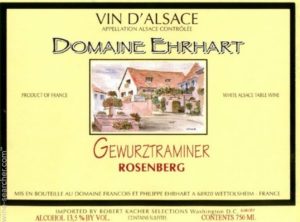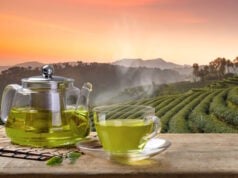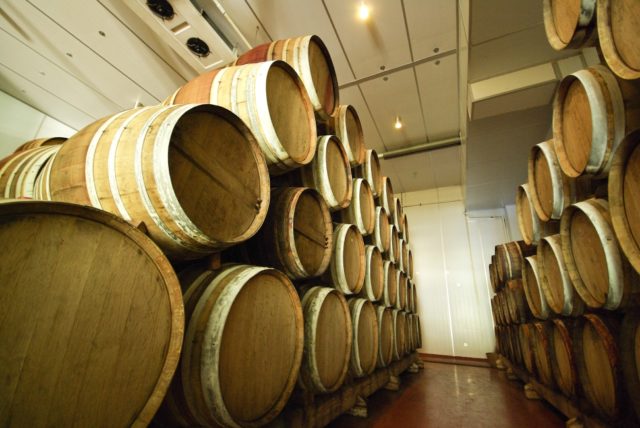
When you have a winemaking business that is 12 generations deep, you understand the importance of family. Robert Mondavi, Charles Krug, and other iconic patriarchs in Napa Valley wine can attest to the heartbreak of a family’s internecine war.

“I promised my father when he was dying that I would keep the family together,” he said. He maintains a friendly relationship with his cousins but dreams of the day he will regain ownership of the historic winery that bears his name.
Meanwhile, his 30-year-old son, like others his age, has sought to revolutionize a wine sector that is often maligned and, worse, forgotten. Alsace, located on France’s eastern border with Germany, is home to the finest rieslings. Although pinot noir is grown in the region, Alsace is primarily known for its white wines. That includes the tongue-twister gewürztraminer.
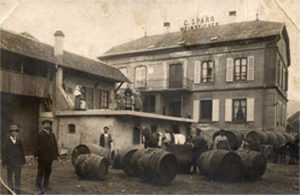
Alas, older generations produced wines that were off-dry. The best – vendage tardive, for instance – were very sweet. But a bevy of young winemakers have focused on making dry wines that give them even greater separation from the disparaged, sweet German rieslings. Furthermore, Charles Sparr is introducing biodynamics and organic farming.
Does it bother Pierre that long-held conventions are breaking down?
“Not at all. It’s time for me to say, ‘it’s your turn.’”
He appreciates change. When Pierre was 22, he convinced his father to allow him to make sparkling wine for the first time. Today, Alsace’s cramant d’Alsace has become a hot seller.
Like other regions in France, Alsace has witnessed climate changes.
“Thirty-five years ago I was adding sugar to bring up the alcohol level. I was happy to get 10 or 11 percent alcohol,” he said.
In today’s warmer climate, his grapes have enough sugar to produce wines with normal 13-14 percent alcohol.
“We accept this,” he said. “As a winemaker, I can assist the wine, but I can’t affect it. I react to what nature gives us.”
Charles Sparr wines are mostly sold to restaurants. We enjoyed the 2016 pinot blanc ($18) and pinot gris ($20).
VALENTI
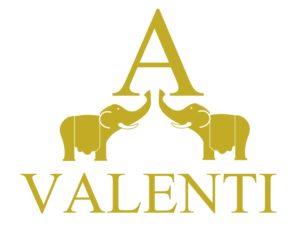
Since then, they have added several more vineyards and are making some of the most intense wines unique to this emerging wine region where vines struggle to grow through volcanic rock. The grape varieties are hardly familiar – nerello mascalese, carricante, contrado corvo – but that’s what makes these wines so unique.
The wines are named after masterpieces in fine arts, which reflects the passion of the father-son team.
The red wines, made from red nerello mascalese grapes, are similar in style with nebbiolo: light colored, easy-going, soft and ripe. The Poesia (“poetry in Italian) was more like an aged burgundy.
Our favorite wine of the tasting, however, was the 2017 Enrico IV ($28), named after an Italian novel written by Luigi Pirandello. The native white carricante grapes, grown in vineyards about 2,300 feet above sea level, have created an aromatic and richly textured wine with mineral and delicate stone fruit and citrus flavors.
GEWURZTRAMINERS
Gewurztraminer is one of the most unique grapes out there — only about 20,000 acres planted worldwide — and Alsace produces more than any other wine region. Much like a pumpkin spice latte, sometimes gewurztraminer gets a bad rap for being sweet and intensely aromatic. It’s actually quite complex, and in Alsace the high-quality production of the grape brings out many different aromas like rose, ginger, lychee, cinnamon and allspice. These unique notes and exotic, fruity palate unfold together in a wine that is an experience in itself — bringing the same spicy deliciousness of the season sans shame plus alcohol!
- Elena Walch Gewurztraminer Kastelaz Alto Adige 2016 ($36). You don’t often think of Italy when it comes to gewurztraminer. Alsace has its hands full trying to sell this difficult-to-pronounce wine, so why would an Italian producer even try? Well, it’s good. The grapes form the south-facing slope ripen nicely in this Alto Adige vineyard. Aggressive aromas attack the nose while the creamy texture extends the pear, honey, litchi nut, clove and spice flavors.
Ehrhart Domaine Saint –Remy Gewurztraminer Rosenberg Alsace France 2014 ($20-25). A great example of why Alsace makes some of the best gewürztraminers in the world. Rose, honey and lychee nose and flavors with a hint of sweetness. The perfect foil for spice Asian and Indian foods.
- Domaine Weinbach Clos des Capucins Gewurztraminer 2014. From one of our favorite Alsace producers, this gem comes from low-yielding vines that intensifies the aromas and flavors of the powerful gewurztraminer grape.



